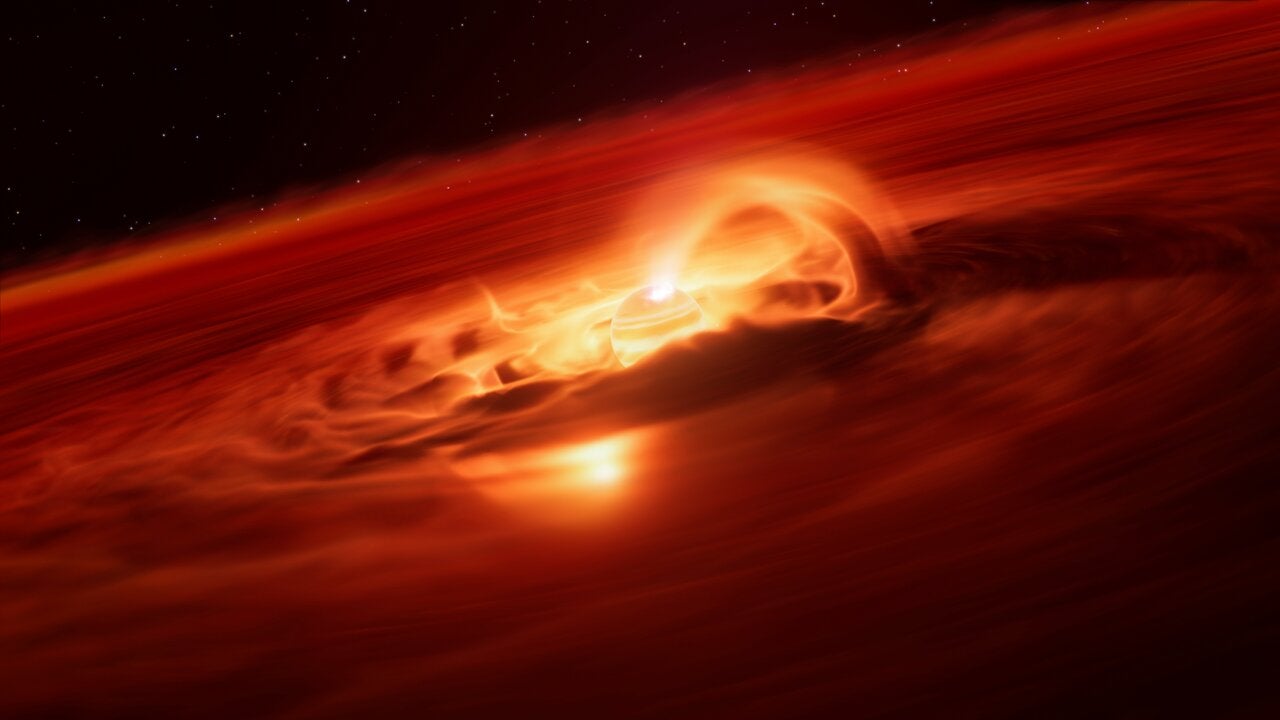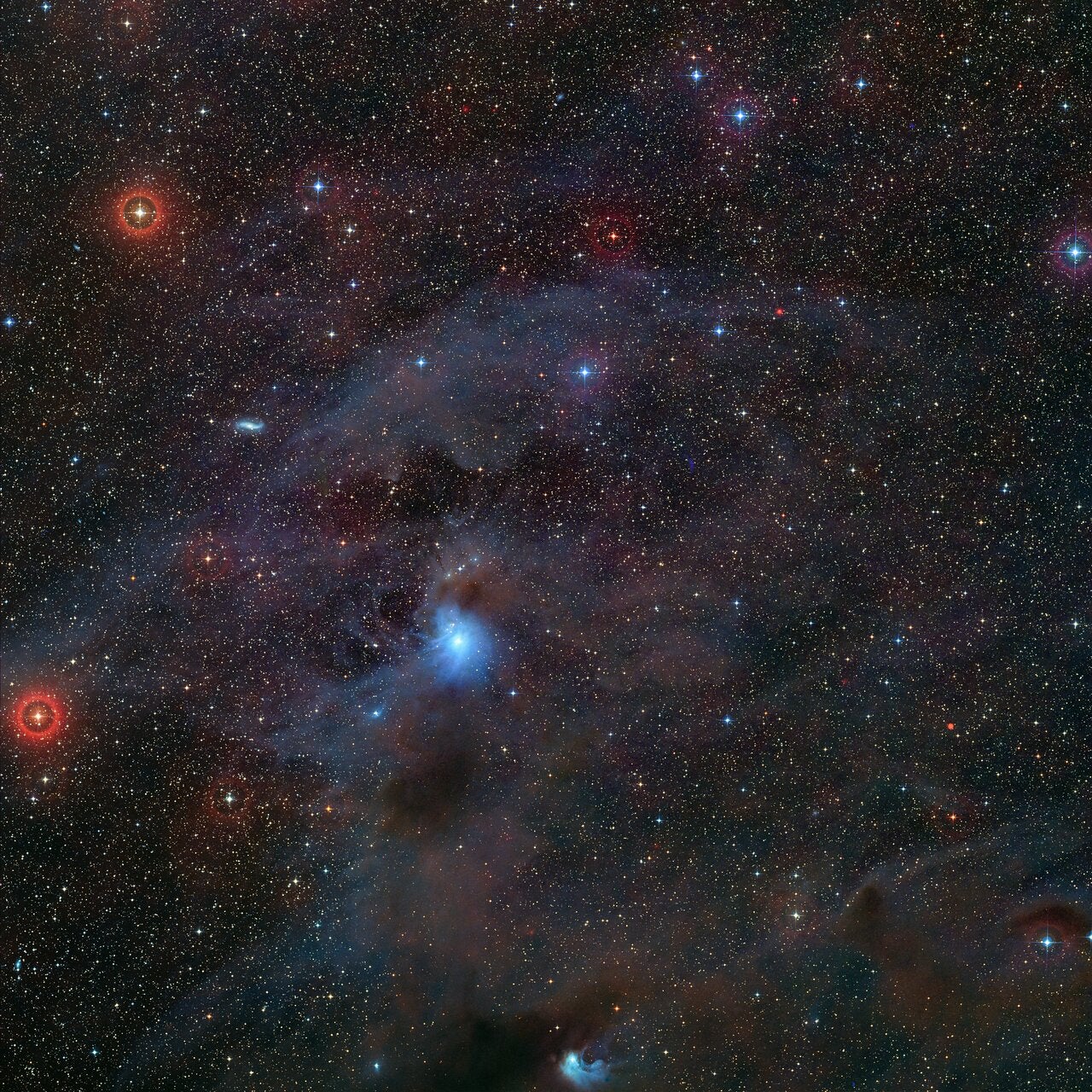Astronomers have discovered a significant “growth spurt” in a rogue planet outside of our solar system.
The free-floating planet is currently consuming gas and dust from its surroundings at a rate of six billion tonnes a second – the strongest growth rate ever recorded for any planet, according to physicists.
The new observations, recently published in The Astrophysical Journal Letters, were made at the European Southern Observatory (ESO) located in Chile’s Atacama Desert.
Víctor Almendros-Abad, lead author of the recent study, said: “People may think of planets as quiet and stable worlds, but with this discovery, we see that planetary-mass objects freely floating in space can be exciting places.
The orb, officially named Cha 1107-7626, has a mass five to 10 times that of Jupiter’s, and is located about 630 light-years away in the constellation Chamaeleon.
The team of researchers found the rate of accretion – the process by which the planet is fed by the surrounding materials – is unstable. By August 2025, the planet was growing approximately eight times faster than in previous months.

“This is the strongest accretion episode ever recorded for a planetary-mass object,” Mr Almendros-Abad said.
The team also used existing data from the US-operated James Webb Space Telescope, European and Canadian space agencies and the SINFONI spectrograph.
The revelations still leave many scientific questions unanswered about the great mysteries of the universe. Co-author of the study Aleks Scholz, an astronomer at the University of St Andrews, asked: “The origin of rogue planets remains an open question: are they the lowest-mass objects formed like stars, or giant planets ejected from their birth systems?”
By comparing the light emitted before and during the burst of growth, scientists were able to uncover insights about the formation process. They found that magnetic activity appears to have played a role in eating up the surrounding mass, which has only ever been discovered in stars previously.

This suggests that even low-mass objects can process magnetic fields strong enough to power accretion. The findings suggest that at least some rogue planets may share a similar formation path to stars.
Another phenomenon which is similar to stars is that the chemistry of the disc around the planet transformed during the accretion episode, with water vapour being detected during it, but not before.
Belinda Damian, another co-author and astronomer at the University of St Andrews, explained: “This discovery blurs the line between stars and planets and gives us a sneak peek into the earliest formation periods of rogue planets.”
Co-author and ESO astronomer Amelia Bayo added: “The idea that a planetary object can behave like a star is awe-inspiring and invites us to wonder what worlds beyond our own could be like during their nascent stages.”



